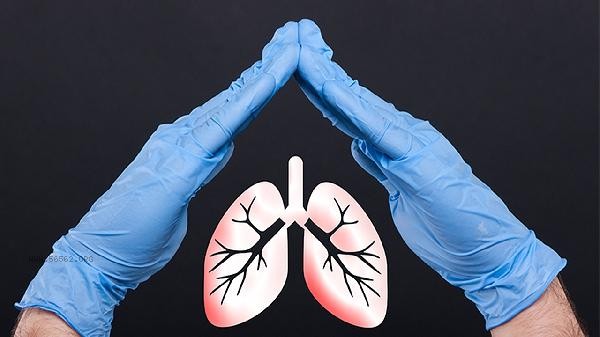The compression of the superior vena cava by pulmonary tumors requires intervention through surgical resection, radiation therapy, drug therapy, interventional therapy, and supportive therapy. This symptom is usually caused by factors such as direct tumor invasion, lymph node metastasis, and vascular compression, and may be accompanied by symptoms such as head and neck edema, difficulty breathing, and cough.

1. Surgical resection
For resectable lung tumors, surgery is an effective means of directly relieving compression. When the tumor has a large volume or a special location, lobectomy or total pneumonectomy may be necessary. Close monitoring of circulatory function is necessary after surgery to prevent thrombosis. Patients should avoid strenuous activities after surgery and undergo regular chest CT scans to assess recovery.
2. Radiotherapy
Radiotherapy is suitable for those who cannot undergo surgery or receive adjuvant treatment after surgery, and uses high-energy radiation to reduce tumor volume. Conventional radiotherapy requires 15-30 sessions, while stereotactic radiotherapy can accurately target the lesion. During the treatment period, radiation esophagitis may occur, and it is necessary to use Kangfuxin oral solution in combination to protect the mucosa. Enhanced CT scans should be performed every 3 months after radiotherapy to evaluate the efficacy.
3. Drug therapy
Targeted drugs such as gefitinib tablets are suitable for patients with EGFR mutations and can inhibit tumor growth. Chemotherapy regimens often include cisplatin injection combined with pemetrexed disodium, and bone marrow suppression needs to be monitored. Immunotherapy such as pembrolizumab injection can kill tumors by activating T cells. If fever or rash occurs during medication, seek medical attention promptly.

4. Interventional therapy
Intravascular stent implantation can quickly relieve venous compression, and self expanding metal stents are used to maintain lumen patency. Preoperative vascular angiography is required to assess the degree of stenosis, and postoperative use of clopidogrel hydrogen sulfate tablets is recommended to prevent stent thrombosis. Interventional therapy has minimal trauma, but may result in stent displacement or restenosis, requiring long-term follow-up.
5. Supportive therapy
Elevating the head of the bed by 30 degrees can reduce venous reflux pressure, and a low salt diet can help alleviate edema. When severe breathing difficulties occur, furosemide tablets can be used for short-term diuresis, combined with oxygen therapy to improve symptoms. Patients should wear loose clothing, avoid intravenous infusion in the upper limbs, and monitor daily weight changes.

Patients need to rest in a semi recumbent position, limit daily sodium intake to less than 3 grams, and record 24-hour intake and output. Avoid wearing tight ties or necklaces to prevent exacerbating venous reflux disorders. If there is a change in consciousness or sudden chest pain, seek medical attention immediately. It is recommended to recheck blood routine and electrolytes every 2 weeks, and adjust the dosage of diuretics according to the condition. Long term bedridden individuals need to perform ankle pump exercises to prevent deep vein thrombosis.








Comments (0)
Leave a Comment
No comments yet
Be the first to share your thoughts!